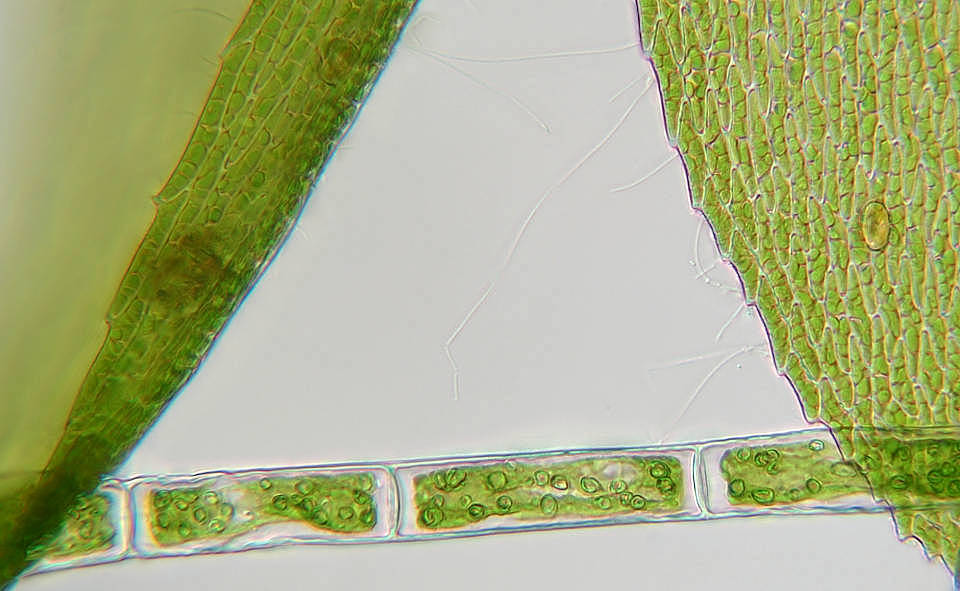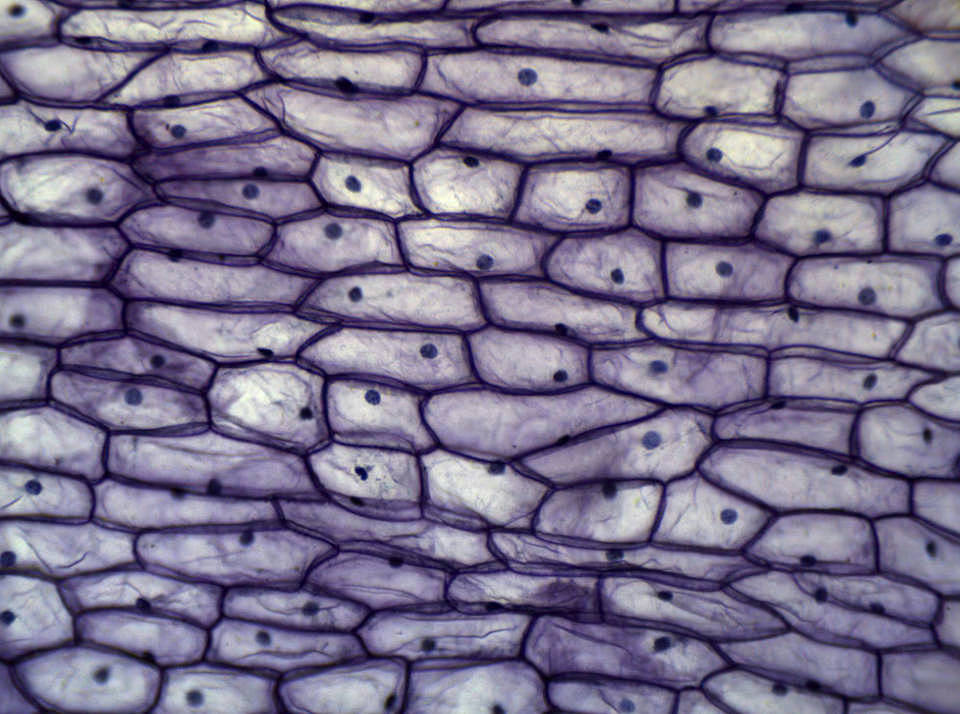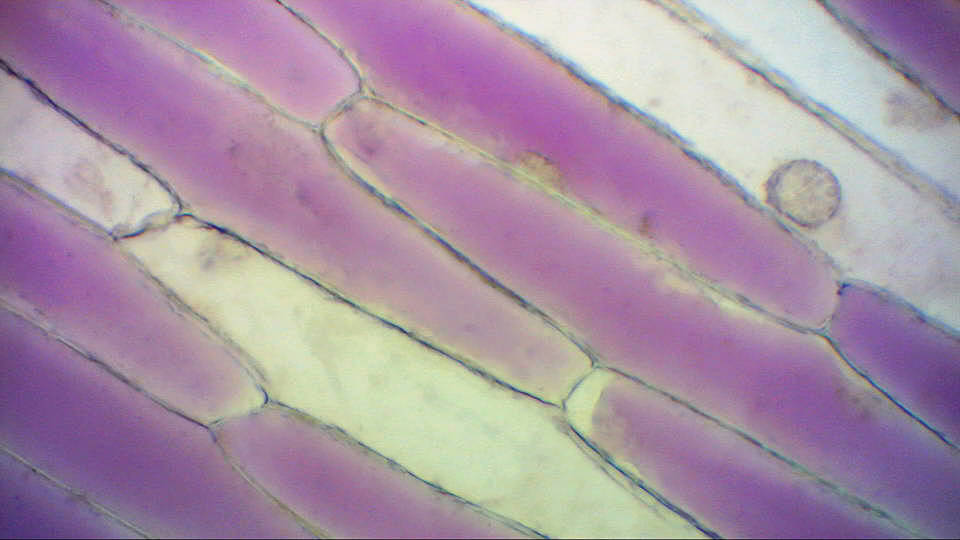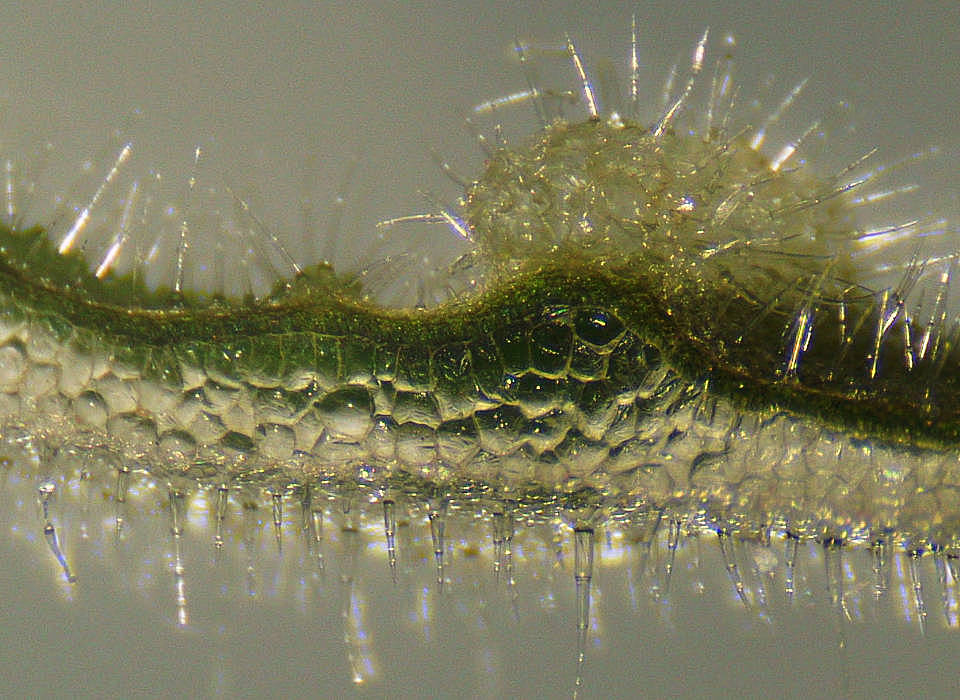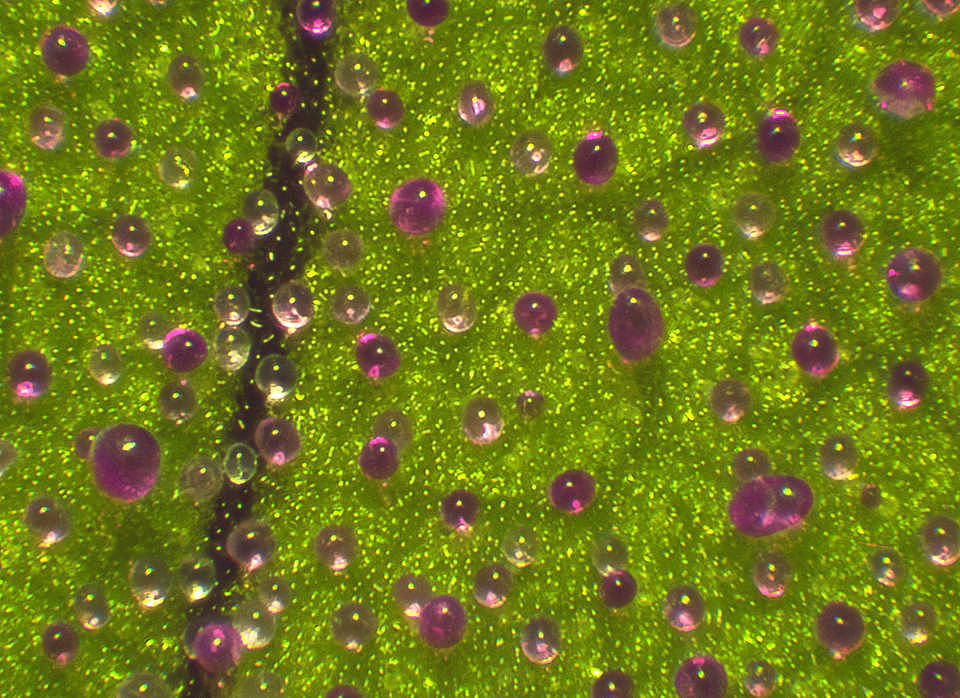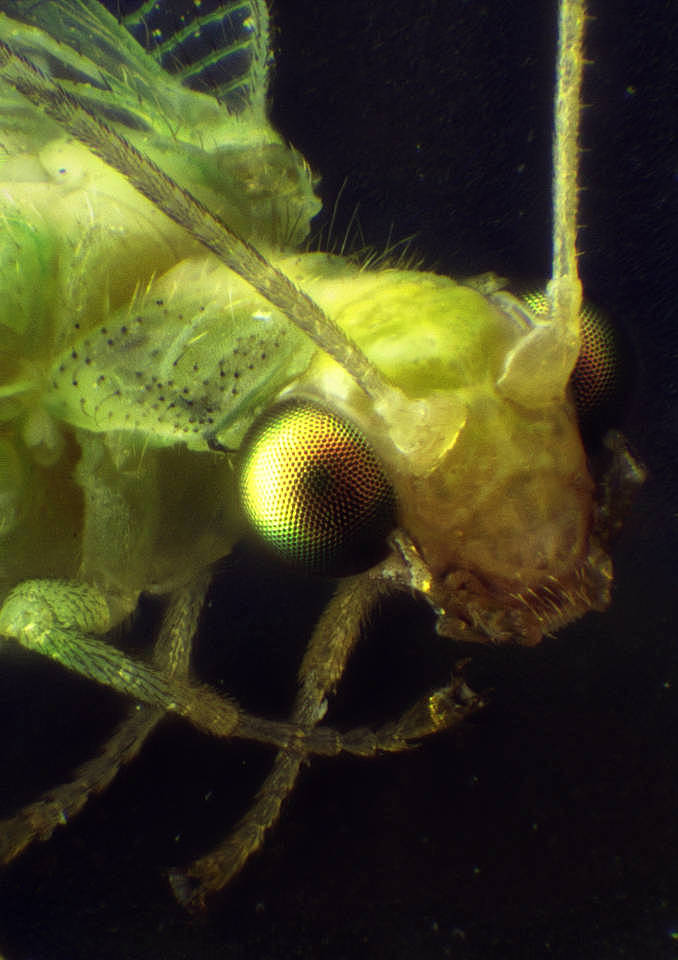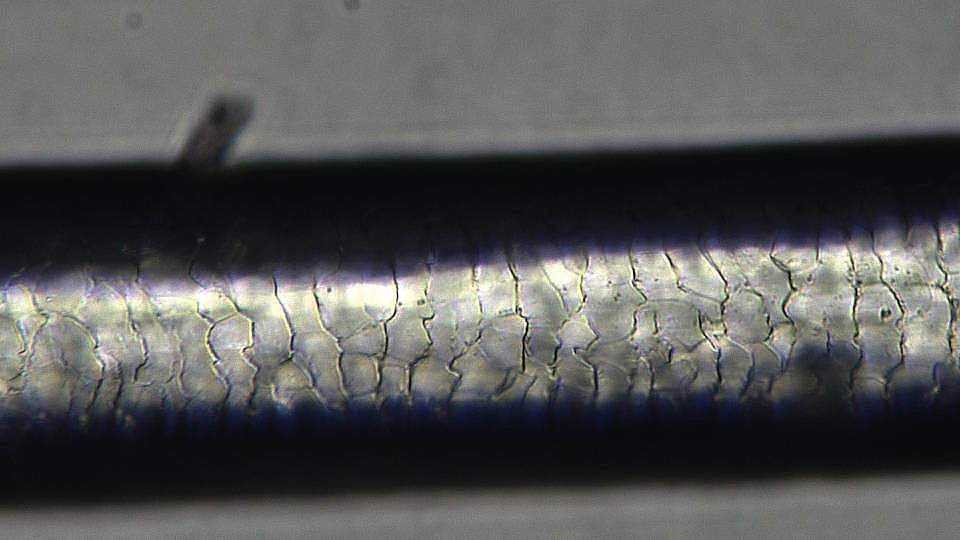Easy microscope samples FOR BEGINNERS
Content
The world is full of tiny details that remain hidden without a microscope. Here we have compiled a few ideas on what to look at under the microscope. They should be easy to obtain at home or around the house.
PLANTS
MOSS
Mosses (whole stems or individual leaves), from roadsides and roofs, from the forest, or aquatic mosses from ponds or fish tanks. The leaves have only one cell layer and can be easily observed without need for preparation, just in a drop of water. For permanent slides, secure the cover glass at the corners with some nail polish and let the water evaporate. Whenever you want to observe the sample again just put water under the cover glass and the moss will be revived.
Thin cuts of construction wood or dry branches, or wood shavings, thin slices of cork. Cotton (cotton wool, textiles) and cellulose fibers (cosmetic tissues, paper made of wood pulp)
Cotton (cotton wool, textiles) and cellulose fibers (cosmetic tissues, paper made of wood pulp)
↑ Back to top
PLANT EPIDERMIS
Epidermis (the uppermost cell layer) can be peeled off fleshy leaves or fruits. The stomata through which the plant breathes can be seen very clearly. Well suited are e.g. Kalanchoe, Golliwoog, Tradescantia (three-master flower). You can also make a lacquer print with nail polish or quick drying glue. Compare top and bottom side of the leaf!
ANIMALS
Others
Security features, e.g. holograms on banknotes
Salt, sugar, citric acid Place a drop of salty liquid (soy sauce, fertilizer etc. on a slide and let dry. Compare the shapes of the crystals.
↑ Back to top
 Deutsch
Deutsch
 English
English
 Francais
Francais
 Español
Español
 Italiano
Italiano
 Nederlands
Nederlands
 Polski
Polski
